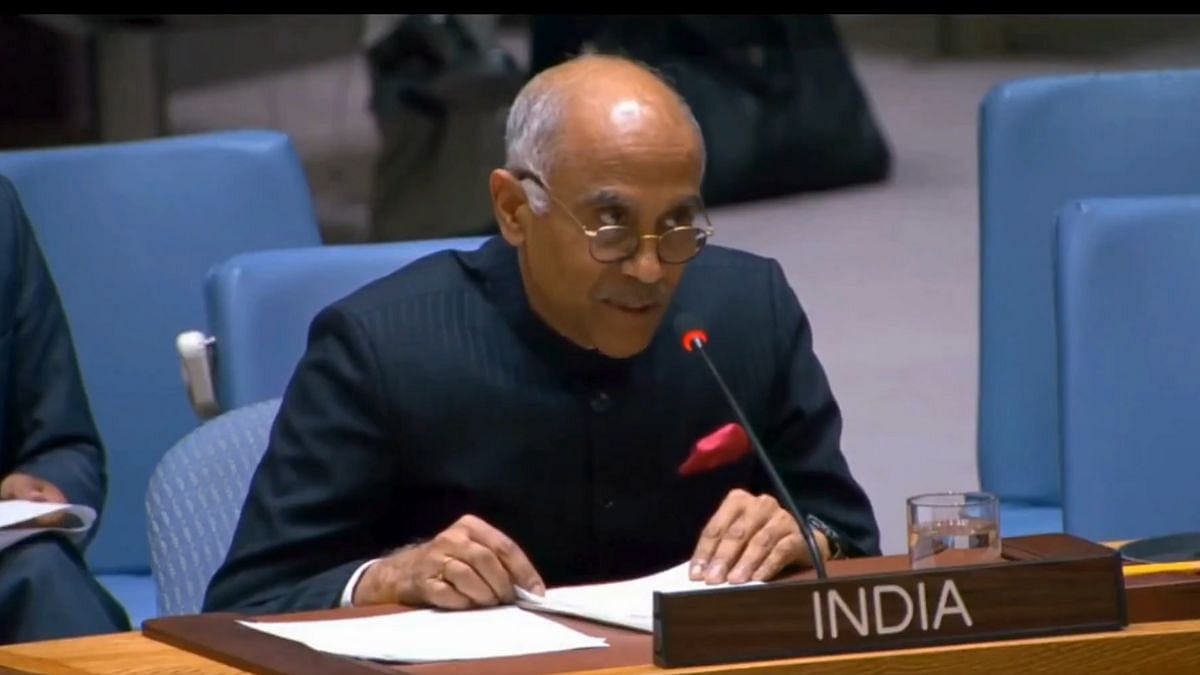It is now abundantly clear that the climate crisis is a financial crisis. Developing countries, small island nations and the least developed countries of the world that have contributed the least to the problem are among the most vulnerable to the financial impacts of climate change. Their economies get regularly battered by relentless climate induced disasters that are a direct result of the historical carbon emissions of the rich and developed countries.
Over a decade ago, some of these rich polluting countries, promised to raise $100 billion each year by 2020 to help developing countries pay for climate action, to phase out fossil fuels and protect their citizens from worsening climate disasters, under the UN Framework Convention on Climate Change (UNFCCC).
So far, they have failed to reach that target, the total climate finance provided and mobilised by developed countries for developing countries in 2021 was $89.6 billion, a 7.6 per cent increase over the 2020 figure, according to the OECD’s sixth assessment report released last year.
Meanwhile the cost of inaction on climate change has spiralled exponentially. Rising temperatures, heavier rainfall and more frequent and intense extreme weather are projected to cause $38 trillion worth of destruction each year by mid-century and result in 19 percent permanent average loss of income worldwide by 2049 according to new research published in the journal Nature. In the United States and Europe, the income reduction will be about 11%, while in Africa and south Asia it will be 22% according to the report.
Already the sovereign debt of low and middle-income countries has skyrocketed over the past few decades, reaching US$ 3 trillion, while 93% of the 63 countries most vulnerable to climate change are in or at risk of debt distress.
At the International Monetary Fund (IMF) and World Bank spring meetings starting this week in Washington, DC, there are growing calls to restructure the debt of developing countries. A report from the Debt Relief for Green and Inclusive Recovery project found that 47 emerging and developing countries will face insolvency in the next five years if they ramp up their climate and development goals.
According to Simon Stiell, the executive secretary of UNFCCC, “It’s hard for any government to invest in renewables or climate resilience when the treasury coffers are bare, debt servicing costs have overtaken health spending, new borrowing is impossible and the wolves of poverty are at the door.” Experts say this sovereign debt crisis has made it difficult for the global south to prepare for a just transition to a greener economy and urgently need trillions of dollars.
This year's U.N. climate summit in Baku, Azerbaijan, in November, is the deadline for countries to agree on a New and Collective Quantified Goal on Climate Finance (NCQG). This finance is critical because many developing countries’ climate pledges are conditional upon receiving it. The latest UN analysis suggests these conditional promises, also referred to as Nationally Determined Contributions (NDC), could be the difference between 2.4C and 2.2C of warming by the end of the century.
Recognising that the figure of $100 billion is grossly inadequate, India has called upon developed countries to provide at least $1 trillion per year to developing countries as part of the NCQG on climate finance that is being negotiated at a crucial UNFCCC meeting in Colombia this month. India has proposed a timeframe of 10 years, with separate annual mobilisation targets for each five-year period to be in line with the cycles of updating the Nationally Determined Contributions.
Climate finance is either provided by one country to another or channelled through large international financial institutions (IFIs) such as multilateral development banks (MDBs) like the Asian Development Bank or the European Investment Bank. Approximately 40% of the climate finance provided by developed countries has flowed through multilateral institutions.
For many years now these IFIs have come under fire for failing to live up to the scale of challenges facing the world and there have been growing calls for reform of these entities to help bring the money they distribute more in line with climate ambitions, particularly in developing countries. A recent report for the G20 concluded that the MDBs could increase their lending by “several hundreds of billions of dollars over the medium term.” Experts have also argued that aligning the MDBs with the Paris Agreement also requires these institutions to phase out their investments in fossil fuel infrastructure.
To conclude, a recent report by Climate Policy Initiative, Global Landscape of Climate Finance 2023 , says that while daunting, in theory it could be possible to close the climate funding gap, especially when compared to global military expenditure in 2022 estimated at $2.2 trillion or the $11.7 trillion in emergency fiscal measures that were announced globally in 2020 in response to the COVID-19 pandemic.
Shailendra Yashwant is an independent environmental photojournalist and climate communications consultant. He tweets at @shaibaba









